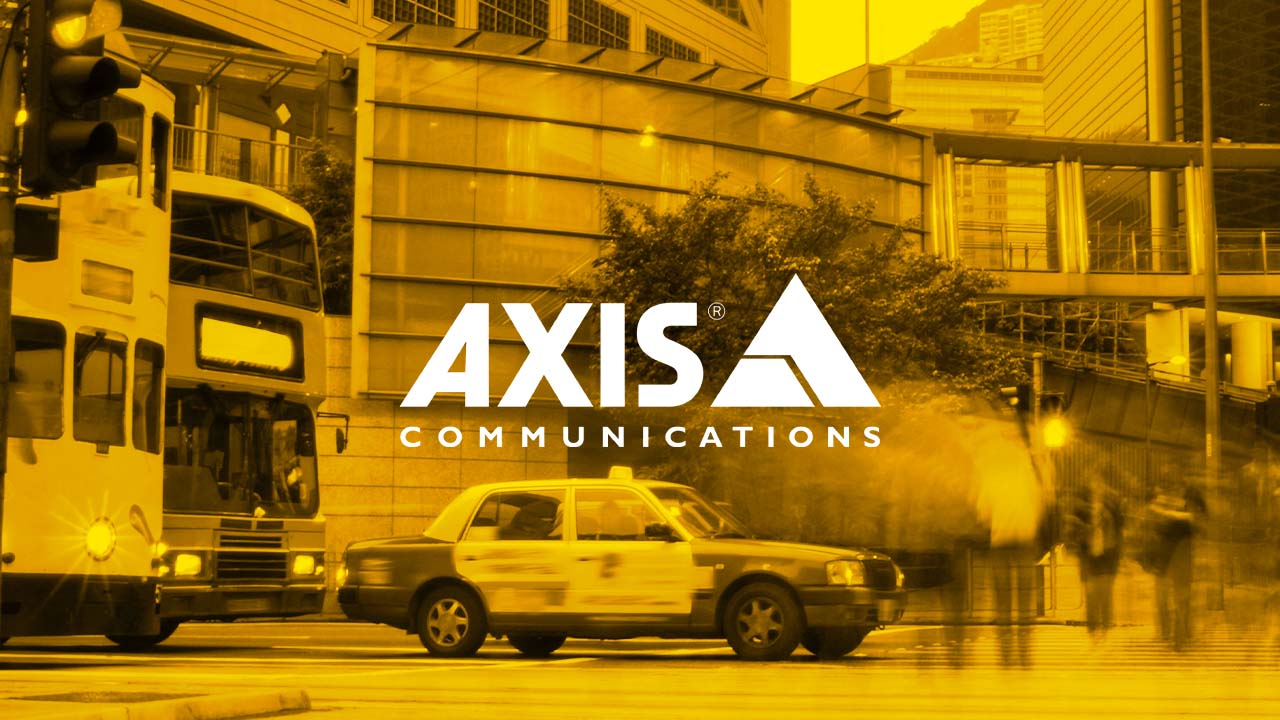The concept of artificial intelligence (AI) is gaining a lot of traction and attention in the security enterprise. Regardless of the diverse definitions of AI, industry professionals concur that its actual potential has yet to be realized. For future industries, digital transformation is critical. AI is at the forefront of this discourse. It also includes limitless opportunities for improving operational efficiency.
Growth of AI Adoption
Applications that run on AI demand a valuable amount of computing power. They make the most out of the complex and sophisticated deep learning models and heavily rely on technologies such as graphic processing units (GPUs). With all these innovations in big data and advancements in algorithms, we can now see the financial sector, universities, and governments investing in AI.
Dealing with the Risks Involved in AI Adoption
Zooming into the security industry, AI adoption is also now becoming a common phenomenon. However, with immense potential comes the prospect of significant risk, as the very same technologies we depend on to deliver AI have intrinsic threats that must be addressed. While we have found a great amount of research that backs the use of AI as a means of protecting against a cyberattack, we are also aware of documentation on how cybercriminals are using AI to fuel their activities.
In the past, security technology has been simply focused on restricting and/or verifying access, affirming identity, or delivering environmental monitoring to detect or deter. This has all been done with the purpose of safeguarding the assets and facilities of an organization. But now, these same physical security systems can be linked with many other systems within the company such as HVAC, HR, or marketing.
Some company stakeholders may have formerly seen security as a probable business blocker. Nevertheless, by employing security to enhance enterprise processes and their agility, and embracing innovation that drives growth, it’s easy to see how security is well on its way to being known as a business enabler instead. In this way, security technologies can give businesses a competitive advantage.
AI Adoption and Security Technology
By making the most out of the power of AI combined with security technologies, an organization will gain access to greater visibility and business intelligence. This will let stakeholders make authentic data-driven judgments that can simplify and improve business operations through varied forms of optimization. Taking this discussion into a setting that deals with clients in a brick-and-mortar setting, this newfound knowledge can be priceless. Information such as people counting, queue management, dwell times, heat mapping, and demographic information – all anonymized for statistical use – creates substantial business power.
In addition to this commercial benefit, AI can also boost public safety, for example, the ability to scour lost children. If an individual meets a certain profile, they can be recognized and potentially found without the need for viewing hours of recorded video. This is achieved by leveraging the benefits of metadata built into video surveillance cameras.
While this information is being analyzed and processed, organizations can push this information to the cloud or a remote location, such as an alarm or video monitoring center. Together, this will improve the accuracy of detection, accelerate the investigation process and automate a response as needed.
Lessening the Risks within AI Adoption
All of these technologies can contribute intelligence to a business, but if used in isolation, they will be limited at best. The technology must be connected to other systems where the data is evaluated for a usable conclusion in order to provide significant insight.
Security systems have typically operated on their own specialized networks, a closed circuit that prohibits infiltration and provides near-invulnerable security. Now, allowing stakeholders within a company access to these devices and moving valuable data across networks poses a risk.
To lessen the risk, solutions from Axis can lend a hand in ensuring end-to-end security. We begin to blur the borders of ownership as individuals, departments, devices, and technology become increasingly interconnected.
The Future of AI Adoption and Your Security
Even with all the risks that come with the adoption of technologies infused with AI, companies shouldn’t panic and put their plans on hold. To mitigate major security threats, new technologies will be necessary to secure AI-based processes. The AI adventure has only just begun. Vulnerabilities, defects, and vendor errors will all be present. It’s only reasonable for security companies to want to get their product to market as soon as possible.
The evaluation of these technologies may be a new concept, but following traditional best practices still apply. This means evaluating the company providing the technology, ensuring that they can demonstrate their cyber maturity. Conduct a penetration test of the technology or at least run a vulnerability scan. And evaluate the efficacy of their security features, as these will also be crucial. It will also be critical to make sure the vendor has a plan in place to support the technology in the future, such as vulnerability management practices, security advisory notifications, and firmware updates.
Finally, consider your own company’s approach. Examine whether you are currently focusing on an up-to-date network security plan and whether switching to a zero-trust security model will be more beneficial. It’s also fundamental to think about how your buying strategy will affect your security rules and how you may improve them.





